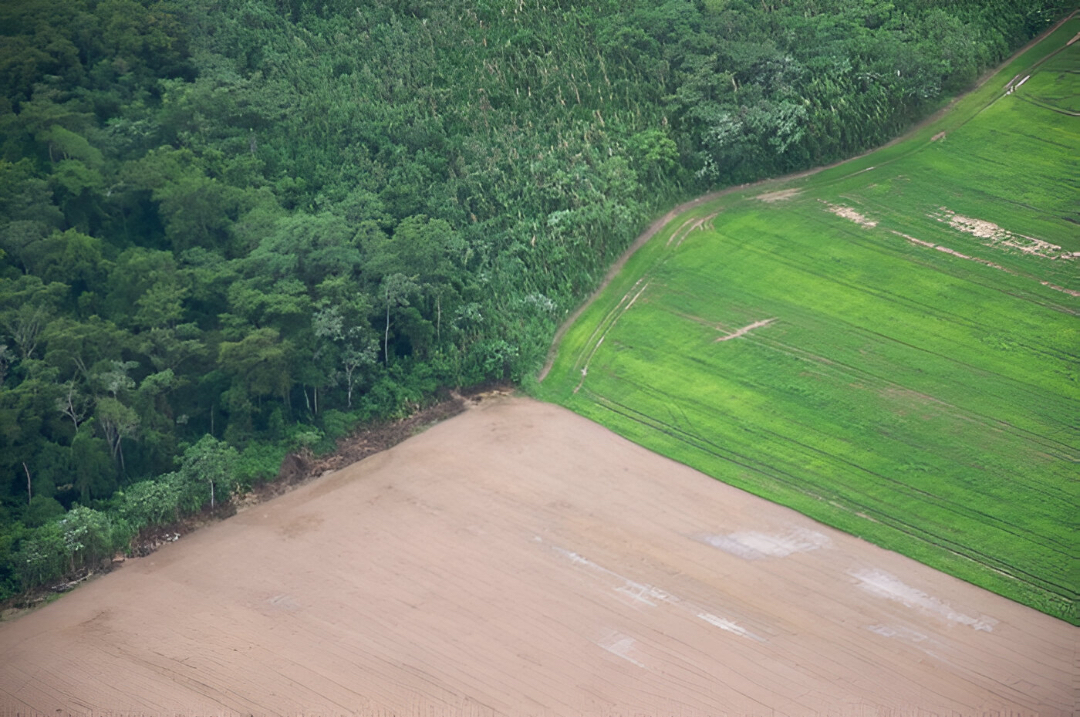
Evolutionary AI can balance climate goals and economic progress
Artificial intelligence (AI) has begun to tackle one of the thorniest questions in climate policy: how to lock more carbon into the land without wrecking livelihoods or ecosystems.
Researchers at The University of Texas at Austin and Cognizant AI Labs have trained an evolutionary AI system on 175 years of global land-use and carbon-stock data.
The program proposes detailed, location-specific strategies that could maximize carbon storage while minimizing economic disruption.
The results feed directly into the United Nations-backed Global Resilience Project, part of the broader AI for Good initiative.
Digital natural selection
The engine behind the work is evolutionary AI, a computational analogue of biological evolution.
The algorithm begins with a population of policy scenarios that set different incentives for agriculture, forestry, grazing, and urban expansion. It predicts how each scenario will affect carbon fluxes, food production, and habitat value.
Scenarios that strike a poor balance among those trade-offs are eliminated. The better ones “reproduce,” exchanging features and introducing random mutations. Over hundreds of generations the surviving policies become progressively better at meeting the chosen goals.
“There’s always an outcome you want to optimize for, but there’s always a cost,” said Risto Miikkulainen, a computer scientist at UT Austin who helped launch the Global Resilience Project.
Despite the many competing trade-offs, AI can identify surprising routes to achieve desirable outcomes at different cost levels, enabling leaders to strategically choose their priorities and achieve more effective results.
A century-scale training set
The team drew on a newly released global land-use archive that traces cropland, pasture, forest and urban footprints back to the mid-nineteenth century. They paired it with a model that links each land-cover type and latitude to carbon sources and sinks.
After training a prediction module on those data, they attached the evolutionary prescription module that searches for improved futures. Daniel Young, a Cognizant AI Labs researcher and doctoral student at UT Austin, noted that the AI often departed from human intuition.
Although reforestation emerged as a key tactic, the system rarely recommended blanket tree-planting. It discovered that converting cropland to forest produced far larger carbon gains than converting rangeland, while carrying higher food-security costs that could sometimes be offset by yield improvements elsewhere.
Identifying a smart balance
Latitude mattered too. A hectare of new forest in a wet tropical belt stored much more carbon than the same hectare at high latitude, but displacing farms in the tropics imposed steeper social risks.
The AI therefore concentrated large interventions where they made the biggest climate difference at the lowest societal price.
“You can obviously destroy everything and plant forests, and that would help mitigate climate change,” Young said. “But we would have destroyed rare habitats and our food supply and cities. So we need to find a balance and be smart about where we make changes.”
Easing resistance to climate policy
To move the research from the lab to the legislature, the team wrapped the model in an interactive interface. Decision-makers can adjust levers such as carbon-price levels or tax credits for landowners and watch projected evolutionary AI land-use mosaics shift in response.
They can compare how different mixes of incentives change national carbon budgets or rural employment. Land-use change already accounts for nearly a quarter of anthropogenic greenhouse-gas emissions through deforestation, peat drainage, and soil disturbance.
Smart redesign could turn that sector from a source into a sink. Miikkulainen believes AI-generated roadmaps will ease political resistance by showing how targeted, incremental changes can outperform sweeping but blunt mandates.
Evolutionary AI for global problems
The researchers view land-use as only the first of many global problems suited to evolutionary AI.
The same framework could, in principle, design vaccination strategies for pandemics, optimize water allocation under drought, or map crop choices under future rainfall patterns.
Thus, such an AI framework is about augmenting human decision-making in ways we couldn’t have imagined just a few years ago.
Choosing battles, maximizing gains
One striking feature of the AI’s output is its emphasis on “pick-your-battle” solutions. Because costs and benefits vary sharply by region, the best global outcome is seldom achieved by uniform rules.
Instead, the algorithm pinpoints a relatively small subset of locations where changes pack a disproportionate punch. Redirecting subsidies toward those hotspots could deliver large carbon dividends without major shocks to food markets or rural economies.
Such nuance is often hard for human planners to see amid political pressure and partial data. Evolutionary AI sidesteps those blind spots by exploring thousands of policy permutations without bias, then elevating only the most balanced results to determine land-use outcomes.
Random mutations – unlikely mixes of incentives and land conversions – occasionally reveal counter-intuitive win-wins that a committee might never consider.
Evolutionary AI and sustainability goals
As countries race to meet the Paris Agreement and the United Nations Sustainable Development Goals, tools that illuminate trade-offs and surface high-leverage actions will become indispensable.
This study shows that AI can do more than crunch numbers; it can evolve policy blueprints that combine climate ambition with economic realism. That, the authors argue, is the kind of decision augmentation leaders need to navigate the narrow path to a carbon-neutral, food-secure, biodiversity-rich future.
The study is published in the journal Environmental Data Science.
Image Credit: Sam Beebe
—–
Like what you read? Subscribe to our newsletter for engaging articles, exclusive content, and the latest updates.
Check us out on EarthSnap, a free app brought to you by Eric Ralls and Earth.com.
—–













